Arctic also offers SSD coolers. One of the leading brands is betting on low price, excellent compatibility and it also seems the visual impression is also important. However, the emphasis is also on high cooling performance and that the “improvement”, or reduction of (SSD) temperatures compared to a solution without a cooler is significant. What does this mean? For example, even minus 30 degrees Celsius. Read more “Tested: Arctic M2 Pro in database of 80 SSD coolers”
Tag: SSD coolers
Axagon CLR-M2XT. With 40 fins for powerful SSDs
One of the most revered SSD coolers ever. With the CLR-M2XT, Axagon opted for a transverse fin layout, which makes this cooler different from all the others (within Axagon). The fins are naturally shorter and there is less surface area per one, but again there are more of them and to achieve the highest cooling performance the designers tried to work well with the height as well. But, again, in a way to maintain as much compatibility as possible. Read more “Axagon CLR-M2XT. With 40 fins for powerful SSDs”
Detailed analysis: How much SSD coolers lower temperatures
The SSD cooler database finally adds SSD temperature results without a cooler. These show to what extent a cooler is beneficial, or by how much it knocks down controller and memory temperatures. Some really significantly, for others it’s worse. There are more reasons for this, but the important thing is to have a check on what is happening and under what circumstances. You might end up using an alternative cooler instead of the motherboard one. Read more “Detailed analysis: How much SSD coolers lower temperatures”
Rare host: How does an SSD work in the Asus Dual RTX 4060 Ti?
Among RTX 4060 Ti graphics cards, Asus has multi-functional designs with an M.2 slot for NVMe SSDs. These, unlike other models, don’t waste the potential of the PCI Express ×16 interface so significantly. To evaluate this design, partial results from motherboard tests are now extremely useful. Those results that relate to the M.2 slot speeds and the efficiency of SSD coolers. After all, the Asus Dual RTX 4060 Ti SSD also competes in both disciplines. Read more “Rare host: How does an SSD work in the Asus Dual RTX 4060 Ti?”
Test of Thermalright HR-10 2280, a premium SSD cooler
One of the most powerful SSD coolers reminds a bit of the era of massively finned heatsinks that used to be on motherboards. Thermalright is well known for producing small coolers with a large number of fins. Such a concept in the form of the HR-10 2280 cooler should score points on SSDs as well. And it does so even in comparison with almost 60 competing solutions. Read more “Test of Thermalright HR-10 2280, a premium SSD cooler”
When to choose which Axagon (SSD) cooler? A little guide
Axagon’s SSD coolers are some of the best value on the market. They always have an extremely attractive price-performance ratio and, at the same time, clever technical implementation of design details. There are several options, or variants of coolers to choose from to suit different needs. For better orientation, we will now go through each model in turn and indicate for which situation which one may seem to be a suitable choice. Read more “When to choose which Axagon (SSD) cooler? A little guide”
Thermalright’s new two-heatpipe SSD cooler, the HR-10 2280
Thermalright’s latest SSD cooler (HR-10 2280) builds on the HR-09 2280. The task for its design seems to have been as follows – to increase cooling efficiency while reducing height. The result is a heatsink with significantly more fins than the older model, and instead of one heatpipe, it is now two, so that the available surface area (fins) is used more evenly. Read more “Thermalright’s new two-heatpipe SSD cooler, the HR-10 2280”
Axagon CLR-M2FAN: Active SSD cooler for closed off spaces
Many people look down on SSD coolers with fans, saying that “a proper heatsink must be enough in this power class”. But it’s a bit more complicated than that. Direct fan cooling of the fins makes sense for SSD coolers as well. However, this is only sometimes the case, it depends on the environment in which the SSD is operating. And when it fits yours, you can’t overlook Axagon’s cooler (CLR-M2FAN) when deciding. Read more “Axagon CLR-M2FAN: Active SSD cooler for closed off spaces”
EKWB EK-M.2 re-test: Pioneer among SSD coolers after years
You may remember our old tests of SSD coolers, which were topped by the EKWB EK-M.2. The latter was something of a minor miracle five years ago, beside the various unfinished solutions. Given that its production is still ongoing, it’s interesting to see how the once cutting-edge SSD cooler stands up against the current competition. That’s why we dusted it off (a new piece with fresh pads, of course) and sent it into battle. Read more “EKWB EK-M.2 re-test: Pioneer among SSD coolers after years”
Gelid IceCap vs. more than 40 other M.2 SSD coolers
The number of tested SSD coolers is piling up, and the inter-comparison of different models is already quite voluminous. It includes inefficient structures, simpler (but efficient) and more complex designs. The IceCap cooler, which is the subject of this analysis, is among the more reasonable solutions for a few euros. In short, an inexpensive option to consider when thinking about how to reduce SSD temperature. Read more “Gelid IceCap vs. more than 40 other M.2 SSD coolers”
Axagon CLR-M2XL: Only one SSD cooler can be the best
The designers have really gone all out with the CLR-M2XL cooler. Some of the details are really surprising for an SSD cooler, but you can see a clear intention – to squeeze the most out of the available material. Finding a more powerful model than the CLR-M2XL in the current offer among passive SSD coolers will be very difficult, with a better price/performance ratio probably impossible. Despite the superior cooling performance, Axagon held back on pricing. Read more “Axagon CLR-M2XL: Only one SSD cooler can be the best”
BeQuiet! MC1 Pro: Direction top, higher profile and heatpipe
The “pro” variant of the BeQuiet! MC1 cooler for M.2 SSDs uses a heatpipe to dissipate heat faster and distribute it more evenly into the heatsink body, unlike the non-pro model. However, greater thermal peformance is achieved also because of the larger radiating area of its heatsink. The latter is still relatively low-profile, does not interfere with anything, and most importantly, so far outperforms all SSD coolers of similar size tested so far. Read more “BeQuiet! MC1 Pro: Direction top, higher profile and heatpipe”
Axagon CLR-M2L3/6/10 triple test: Pressure for minimal prices
The prices of dedicated SSD coolers we’ve tested recently are climbing towards the prices of the cheapest CPU coolers. Considering the smaller amount of material and the simpler design, this is perhaps a bit disproportionate. That’s why Axagon came up with the CLR-M2Lx coolers at half the price of the renowned CLR-M2 model. Meanwhile, the cooling performance of the top-of-the-line CLR-M2L10 is comparable, and lower-profile variants are also available. Read more “Axagon CLR-M2L3/6/10 triple test: Pressure for minimal prices”
Akasa Gecko Pro: An SSD cooler with a “different” orientation
The successor to the SSD cooler, which didn’t have much competition in its price range. That’s one way to introduce the Gecko Pro, which is a bit more expensive, but also more refined (in terms of mounting as well). And it also has a distinctive feature that clearly distinguishes it from other coolers – the fins are not longitudinal (as is common), but in width. The price to cooling performance ratio is again excellent. Read more “Akasa Gecko Pro: An SSD cooler with a “different” orientation”
Axagon CLR-M2: Large surface area (fins) with low height
The Czech company Axagon has a lot of SSD coolers with attractive designs. You can see this at a glance – a monolithic, well-articulated heatsink always works. You can’t “go wrong” there. We’ll go through all available variants of Axagon coolers in our tests, but we’ll start with the one this company started with. The CLR-M2 has been enjoying user favor for a long time and in the tests we will find out if rightfully so. Read more “Axagon CLR-M2: Large surface area (fins) with low height”





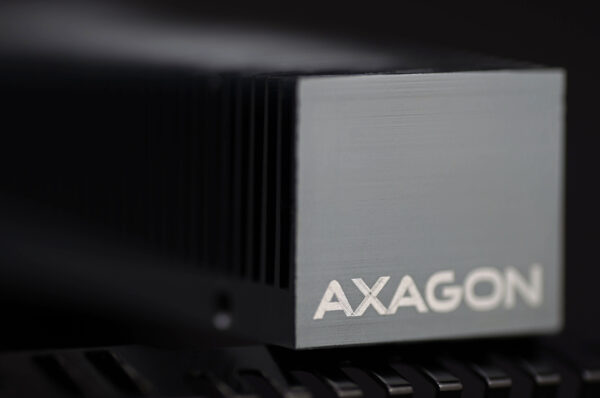
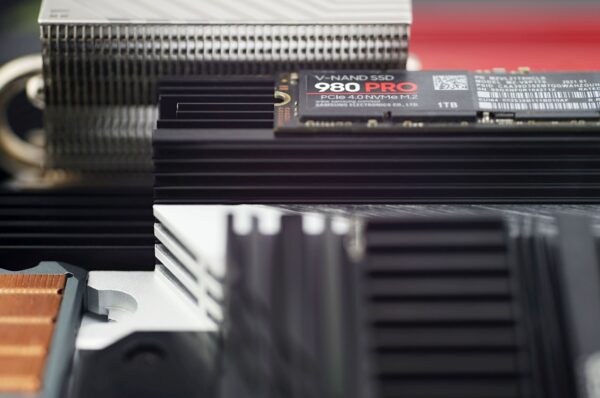
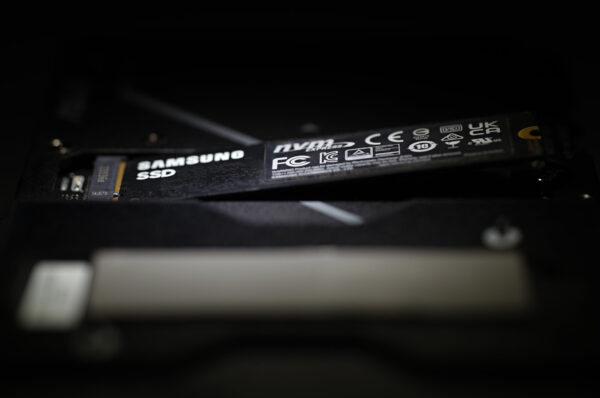
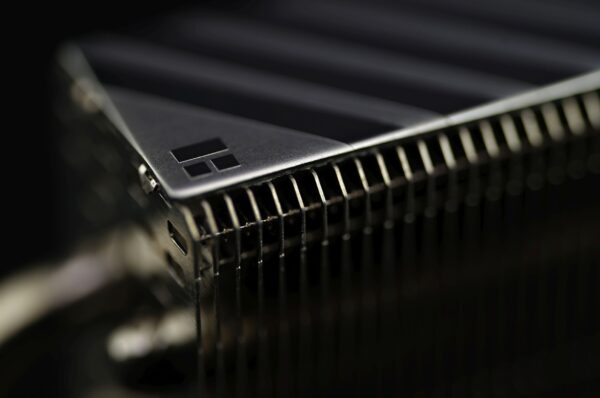
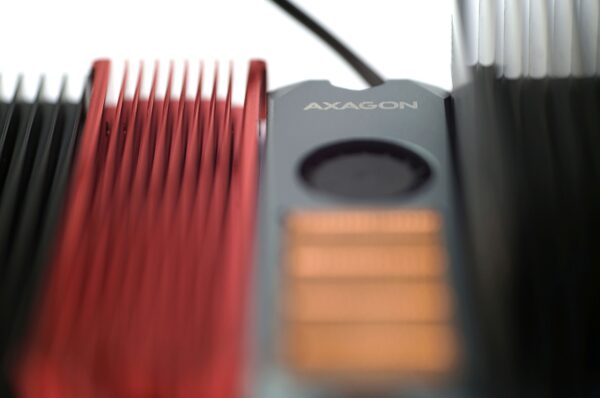

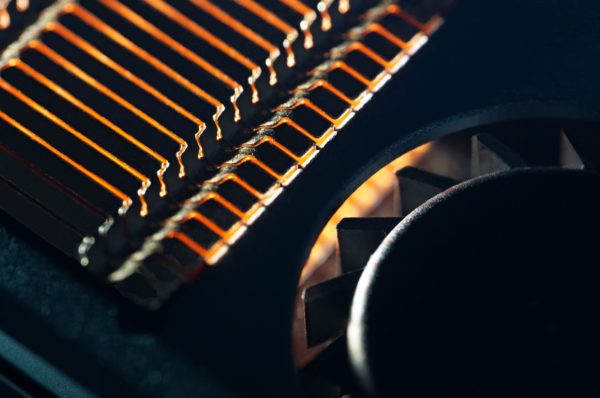
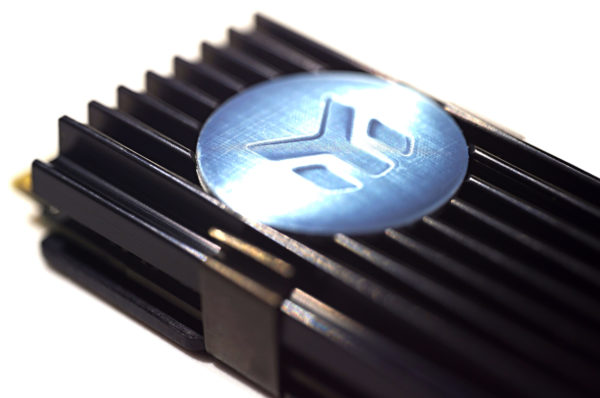
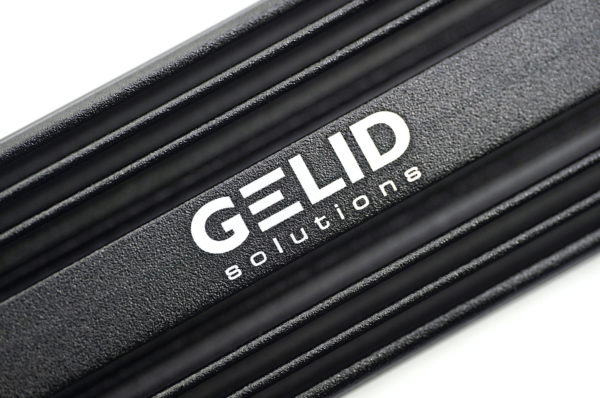
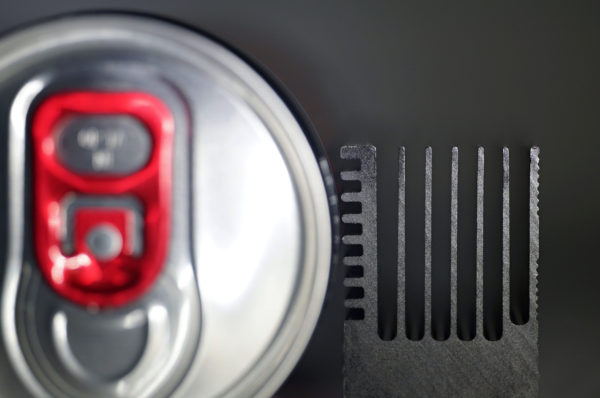
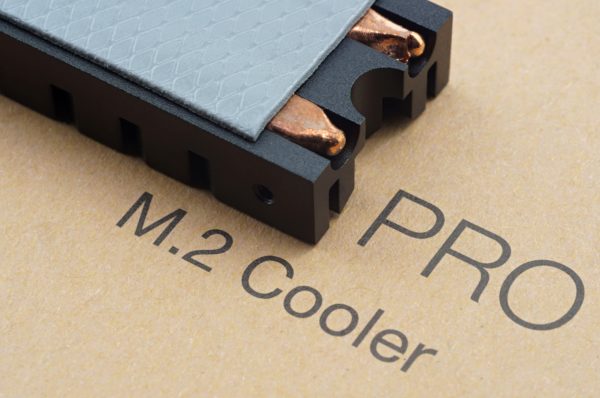

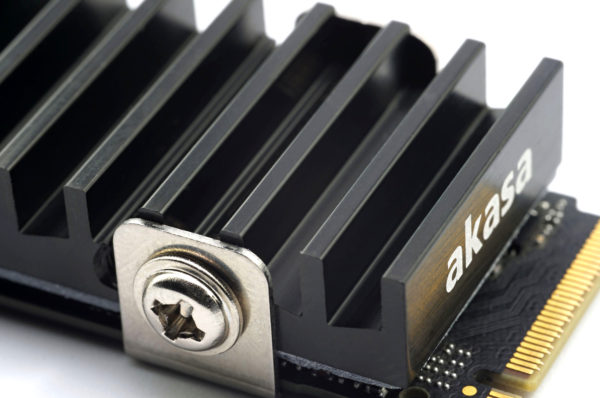
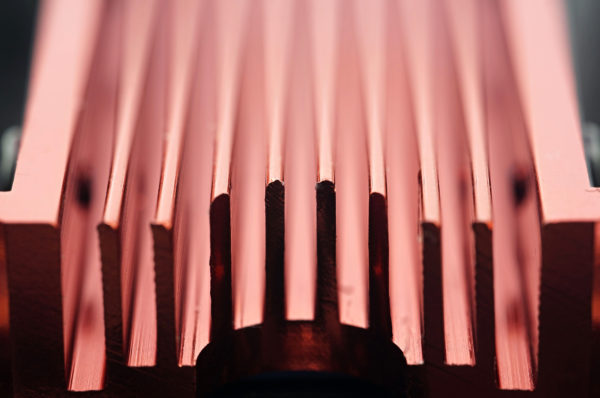



Latest comments